![What are 3D digital billboards for advertising? [5 Examples]](/blog/images/3d-advertising-billboard/banner_hu3a52995533a2f5f6af3321531a883f0d_86539_700x0_resize_q75_box.jpg)
Sep 8 2022
6 min read

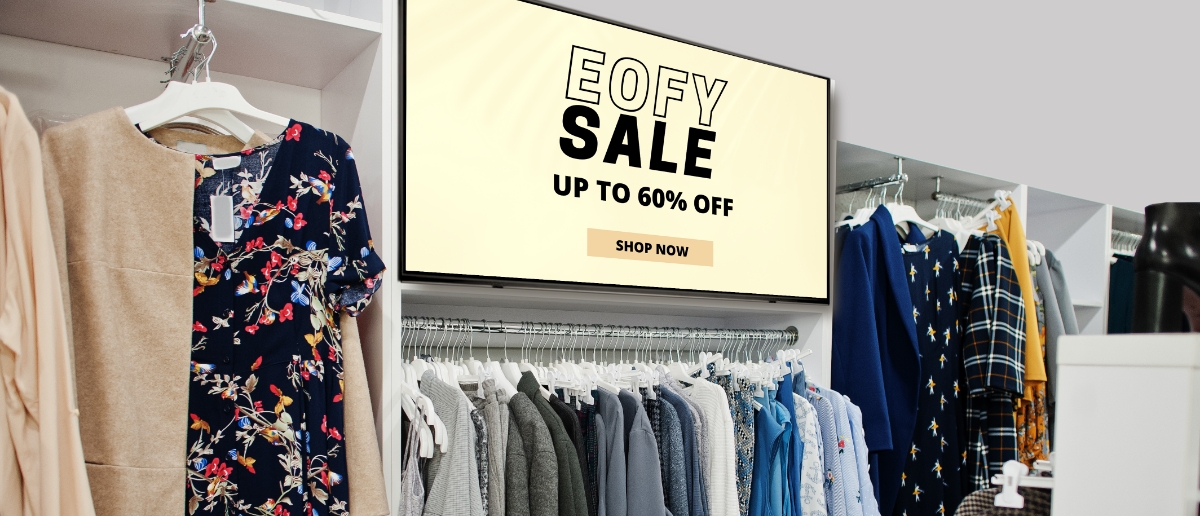
Revenue is dipping. Customer churn is at an all-time high. And no matter how hard you try, nurturing relationships with your customers gets more challenging each day. News is: you’re not the only one struggling.
According to a Mckinsey report, brick-and-mortar businesses are wrestling to bring in more footfalls. The reason? Their customers are choosing to shop online. All they need to do is scroll through a list of options, pick their favorite product and add it to the cart. Boom! Their product gets delivered in 2-3 business days—fast, easy, and fuss-free.
How do you turn the heads of these tech-savvy customers?
It’s simple. Give people a great customer experience backed by better technology.
I am not going to lie; tech can be expensive. And with Covid wreaking havoc in the economy, you may not be looking to invest in customer experience right now. But before you pull back, weigh the pros and cons. You’ll see the ROI is worth it. In fact, studies show businesses that focus on customer experience during a recession recover much faster.
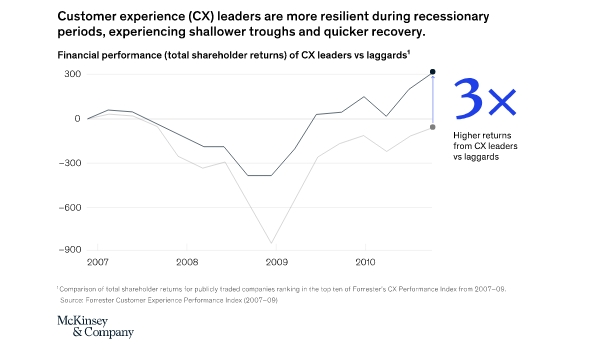
But first, let’s cover the basics.
Nowadays, most retail stores are turning phygital. This is primarily to offer the post-pandemic shoppers a retail experience that combines the best of both online and offline shopping.
Creating an exceptional retail experience is like building a product from scratch. It takes time, effort, a great team, and the right tools. Assuming you’ve got the first three covered, here are three tech tools you should invest in:
With virtual reality, you can help customers understand your products better by showing them 3-D versions that look like the real thing. It also goes a long way in improving in-store engagement, as demonstrated by McDonald’s when they introduced happy meals that turned into VR headsets.
Also known as Happy Goggles, these headsets allowed children to play an interactive ski game. They could collect stars and accumulate points as they progressed through each level.
Augmented reality (AR) is similar, with one significant difference. It takes digital objects (or products) and adds them to a real-life setting. IKEA does this exceptionally with its IKEA Place app that helps you “digitally design” your home by selecting and “placing” its furniture virtually and observing how it would look in real life.
In-store displays and digital window signs are fantastic tools to advertise your brand. Digital signs in malls & supermarkets work exceptionally well since many people are milling about.
But beyond that, commercial retail screens can improve customer experience through interactivity, intelligent shopping suggestions, faster checkouts, and more.
Here’s how you can leverage digital signage in your retail store:
Place it right
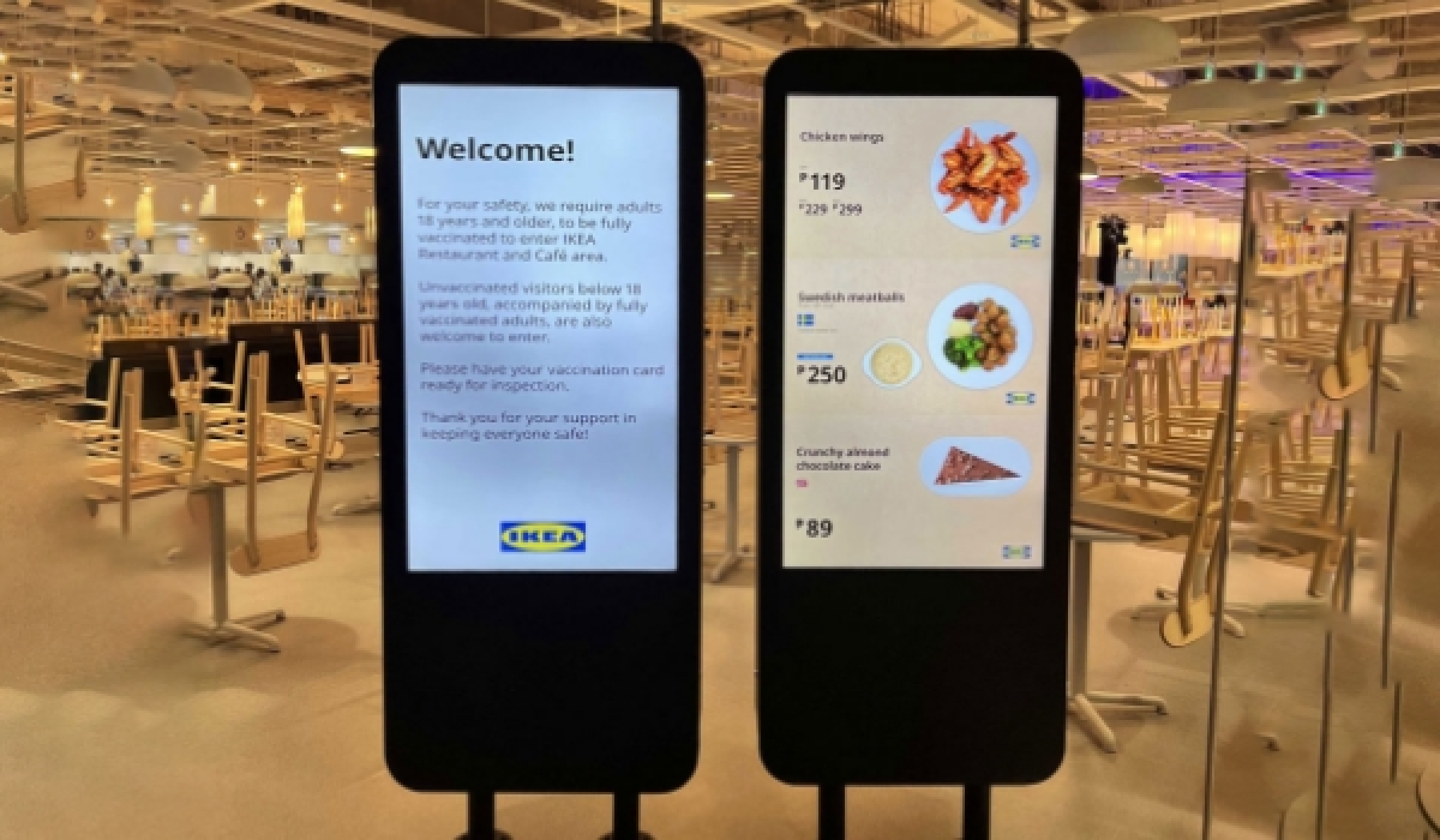
Sweden-based furniture giant IKEA adopted design and tech ingenuity by placing affordable products on digital signage at strategic locations to trigger sales. There are also interactive digital signages that keep rolling with product info. Naturally, this sparked several impromptu purchases. When it opened in India, over 40,000 customers bought ₹1 crore worth of items on day one!
Capitalize on the power of QR codes
Digital displays are perfect for promotional giveaways. They allow you to display coupons or QR codes, so customers can simply scan and buy. The convenience this brings will urge customers to shop from you again.
Check this out: Gamify shopping at your retail stores with Pickcel's dynamic digital discount solution. Learn more.
Cover the obvious questions with an AI bot
Customers will undoubtedly have questions about the product they’re looking to buy. If you’re low on human resources, it would be impossible for your service reps to answer each question. In such cases, you can use digital screens to answer frequently asked questions and highlight product information on a digital catalog.
Using digital signage software solutions, retail stores can display relevant information in real time, and a considerable part of the customer-brand conversation can be automated. It will allow your employees to focus on high-value tasks that directly impact your bottom line. Set up digital screens at designated “help yourself zones.” They could include a map of your store with information on where people can find products, prices, and details regarding delivery options. You can also enhance the customer experience through assisted buying.
Amazon GO has been a pioneer in using AI to create the world’s first grocery store with no checkout lines! Using AI and machine learning, the stores keep track of the customers who enter and take the products from the shelves. The products in their bag are scanned when they exit, and the bill is deducted automatically from the shopper’s online Amazon account.
AI can also track how long it takes for your customers to receive their orders, so you know when something is out of stock or needs restocking quickly.
Digital screens fitted with AI cameras & facial recognition technology can show personalized advertisements. The cameras can recognize customers’ gender and age in real time and deliver content based on these demographic parameters.
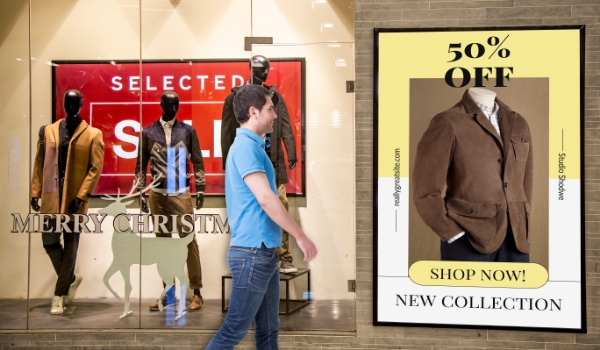
If you want to increase customer loyalty and boost sales, implementing technology in your business is non-negotiable. But before shelling out big bucks on a solution, you need to hire a team who knows how to use it. If you want to retain your original employees, invest in training them. You can implement the technology in your store without any hiccups.
Take any Apple store. Their customer service is always top-notch. And one of the primary reasons is because the reps are trained well — in both technology and soft skills. While hiring, ask deeper questions to understand your candidate’s technical proficiency and learning ability.
These could include:
Apart from customer service reps, ensure your digital tools are secure and your software is user-friendly.
It’s a challenging yet exciting time to be in the retail business. Keeping up with consumer expectations isn’t easy. And fighting it out with the e-commerce players can get you on edge. Technology is the key to holding your own in this battle. From digital signages to conversational AI, there are a host of tools you can implement to improve customer experience in your store.
Wondering which solution will suit you best? Our team at Pickcel would love to help you out. Reach out to us for a quick consultation.
![What are 3D digital billboards for advertising? [5 Examples]](/blog/images/3d-advertising-billboard/banner_hu3a52995533a2f5f6af3321531a883f0d_86539_700x0_resize_q75_box.jpg)
Sep 8 2022
6 min read
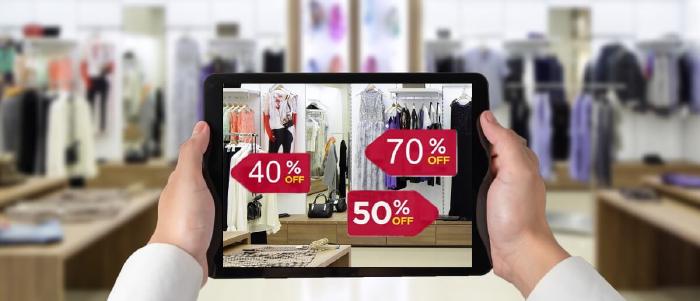
Sep 6 2022
9 min read
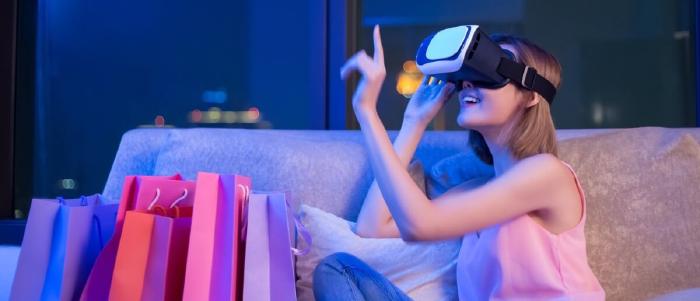
Aug 18 2022
6 min read

Jul 29 2022
15 min read
Take complete control of what you show on your digital signage & how you show it.
Start Free Trial Schedule My Demo